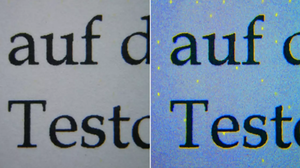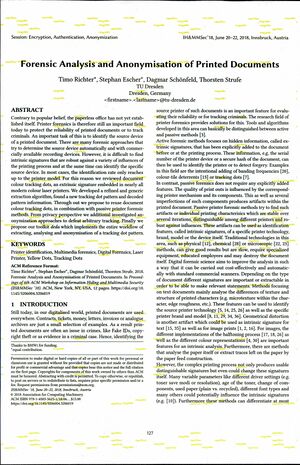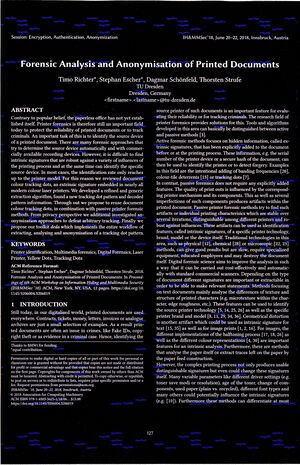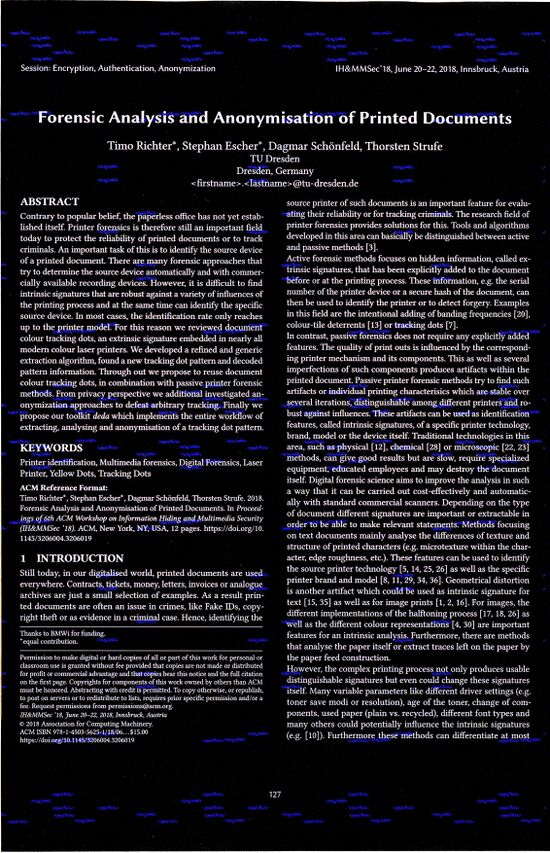User:Pedro Sá Couto/MIC: Difference between revisions
| Line 42: | Line 42: | ||
I decided to extrapolate on their use, not for trackability, but to narrate a parallel story to the text that is written.<br> | I decided to extrapolate on their use, not for trackability, but to narrate a parallel story to the text that is written.<br> | ||
[[File:2019-12- | [[File:2019-12-04_164502_regularr.jpg|300px]] | ||
[[File:2019-12- | [[File:2019-12-04_164502_invertedd.jpg|300px]] | ||
[[File:2019-12- | [[File:2019-12-04_164502_invertedd.jpg|550px]] | ||
=UPDATE= | =UPDATE= | ||
Revision as of 18:29, 4 December 2019
Machine Identification Code
What is the Machine Identification Code
The Machine Identification Code is appended to every printed page. When printing, a pattern of dots is added. These are almost imperceptible yellow dots carrying information as the date of print, time and the serial number of the machine. This made me rethink what did it mean to publish in print, how safe is it, and how it might affect the ones who depend on printed forms of publishing.
This started here! With the paper "X". And created interest in me. But I had to try to find them.
- AN ANONYMISATION APPROACH
- Tracking dots on a sheet reveal information about the printer and are therefore a lack of privacy. Tracking dots information have no controlled access and can theoretically be read and decoded by anyone. It is possible to conclude the printer of a sheet which is often owned by the author. This would be a disaster e.g. in case the sheet is a critical leaflet about the government in a dictatorship. For this reason, we introduce methods for removing tracking data from scanned prints and for masking tracking data on prints. Each anonymisation method was successfully tested using our dedatoolkit.
- Richter, T., Escher, S., Schönfeld, D., et al. (2018) Forensic Analysis and Anonymisation of Printed Documents. In 14 June 2018. pp. 127–138. doi:10.1145/3206004.3206019.
Understanding if they are real
I was not able to identify them personally even though they appear to be a reality. There are numerous people apparently spotting them and online there is a lot of discussion about them. I tested methods to identify with UV light, with different printers, from HP to Canon, from Inkjet to Lasers printers. I scanned the pages with 1200 dpi, inverted and follow almost every tutorial I found available online.
This is not to say they don't exist but is a disclaimer that I was not able to come across them.

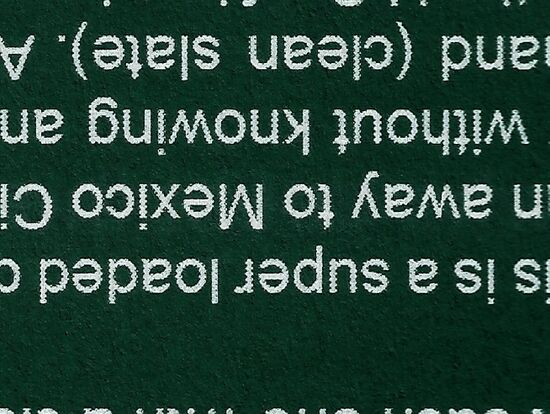
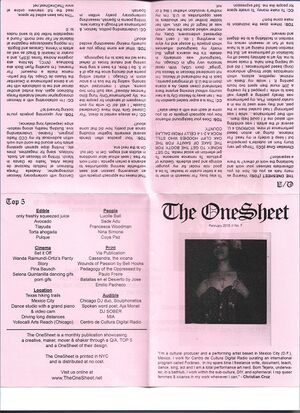
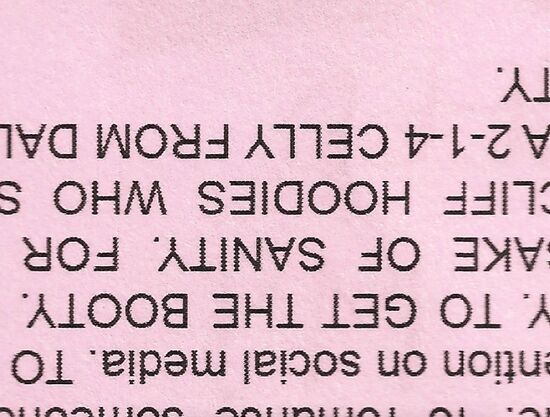
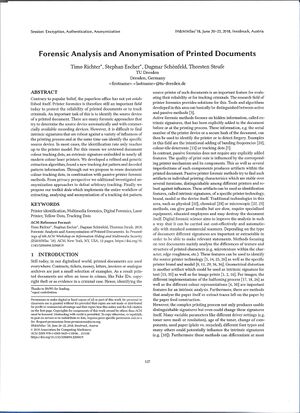
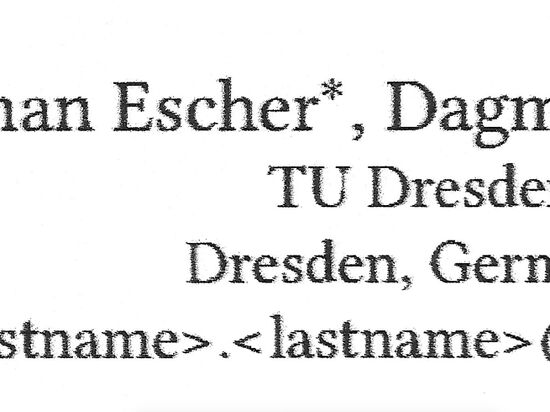
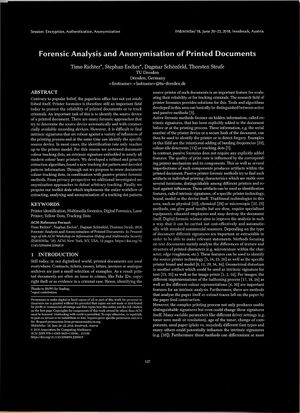
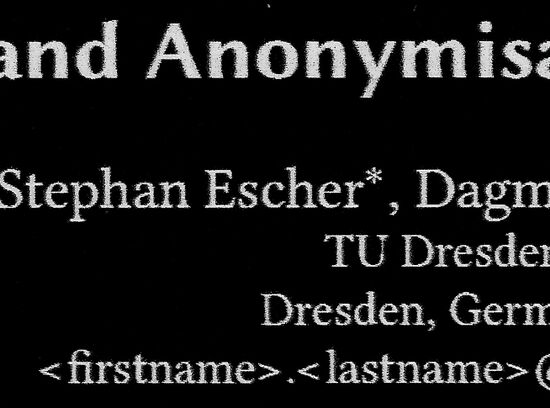
Appropriating this code
Until now I was not able to prove that they existed, and it was difficult to deal with that.
In this experiment, I am not stating that they are real.
What is real is the conversations that they create on online spaces. Users tried to keep each other aware of them. Many tutorials to instruct on how to find them were made available on different forums and a lot of articles have been published.
In this experiment, I decided to foment this conversation and embrace its ambivalence.
Another reason for exploring them is an urgency to call out the fact that a source like this is somehow talking about surveillance and yet it is unsatisfying that I cannot get to the proof.
I decided to extrapolate on their use, not for trackability, but to narrate a parallel story to the text that is written.
UPDATE
While doing this I found them. Write about this.
Other experiments on MIC
https://pzwiki.wdka.nl/mediadesign/User:Pedro_S%C3%A1_Couto/MIC_experiments

